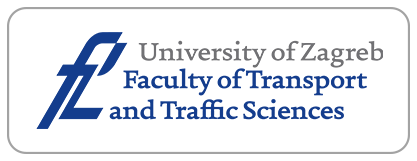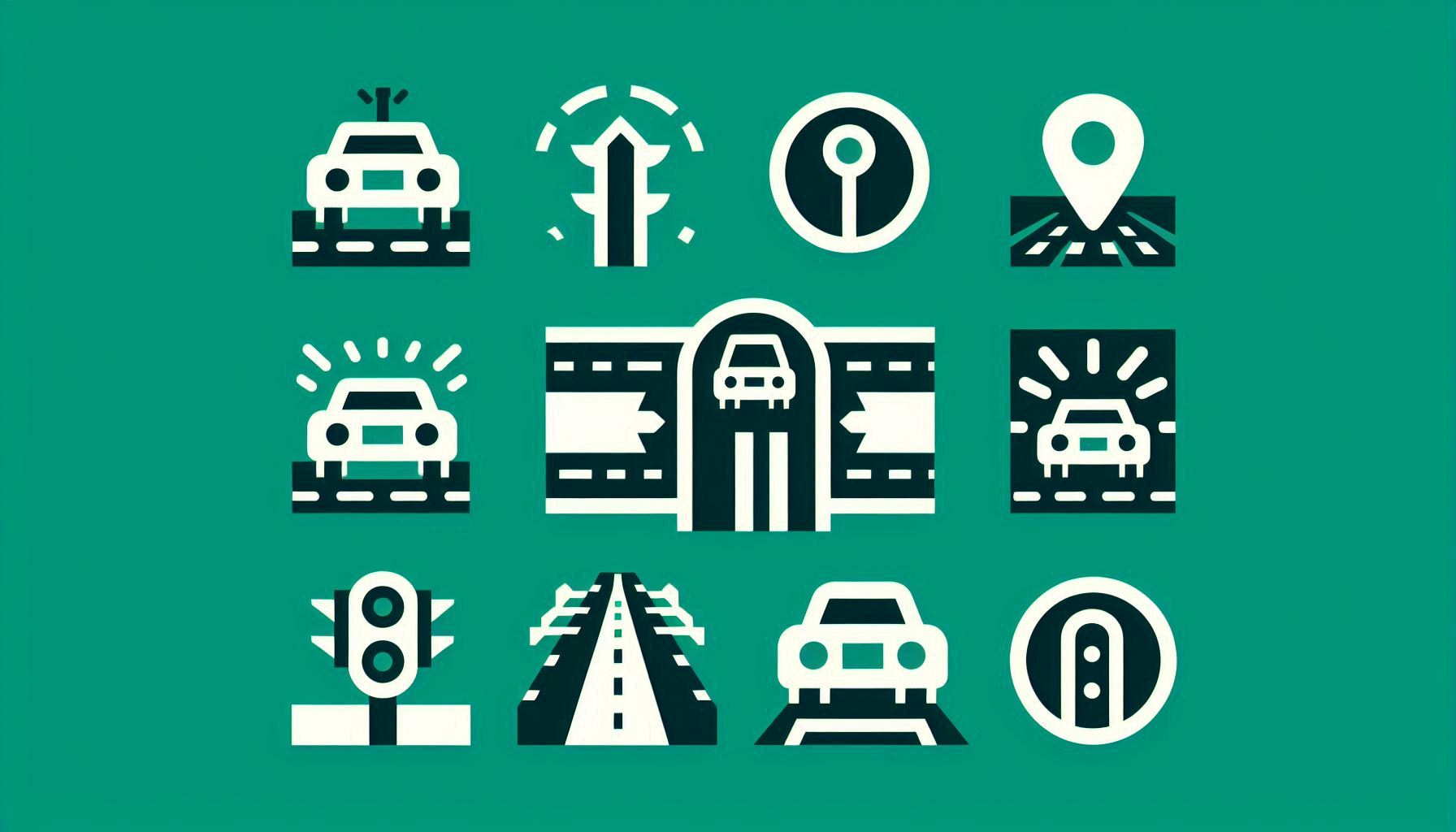Analysis of Traffic Characteristics Based on Multi-Source Data – A Case Study of Jinan

Downloads
With the acceleration of urbanisation, the uneven distribution of educational resources has led to many children’s school choices, which has increased their school time and occupied a lot of rest time. Taking the Lixia District of Jinan City, China as an example, this paper uses the Thiessen polygon to delineate the scope of school districts, introduces the actual selection weight of children based on the OD data of students, and combines the 4 × 1,767 × 62 data obtained by Gaode API platform to construct the actual and school district accessibility model to study the accessibility and traffic fairness of families with different incomes in the process of school connection. The study identifies disparities in accessibility and traffic equity among income groups, with high-income families experiencing longer school commutes due to school choice behaviours. Compared with the actual general education, the difference in household income in the school district has a greater impact on traffic inequity. Therefore, reasonable school choice can reduce the difference in traffic accessibility between families.
Downloads
Zoch A. The effect of neighborhoods and school quality on education and labour market outcomes in South Africa. Stellenbosch Economic Working Papers. 2017; WP08/2017(accessed online 08/01/19. www.ekon.sun.ac.za/wpapers/2017/wp082017).
Zuilkowski S, et al. Parents, quality, and school choice: Why parents in Nairobi choose low-cost private schools over public schools in Kenya’s free primary education era. Oxford Review of Education. 2018;44(2):258–274. DOI: 10.1080/03054985.2017.1391084.
Ferrari ET, et al. Travel to school and housing markets: A case study of Sheffield, England. Environ. Plan. 2013;A45:2771–2788. DOI: 10.1068/a45423.
Kadt JD, et al. Correlates of children's travel to school in Johannesburg-Soweto—Evidence from the birth to twenty plus (Bt20+) study, South Africa. International Journal of Educational Development. 2019;68,56-67. DOI: 10.1016/j.ijedudev.2019.04.007.
Jin Z, et al. The enrolment reform of schools and housing price: Empirical evidence from Shanghai, China. International Review of Economics & Finance. 2023;84:262-273. DOI: 10.1016/j.iref.2022.11.024.
Guzman LA, et al. Assessing equity in transport accessibility to work and study: The Bogotá region. Journal of Transport Geography. 2017;58:236–246. DOI: 10.1016/j.jtrangeo.2016.12.016.
Sheather SJ, et al. A reliable data-based bandwidth selection method for kernel density estimation. Journal of the Royal Statistical Society. 1991;(53):683-690. DOI: 10.1111/j.2517-6161.1991.tb01857.x.
Costa C, et al. Spatial disparity of income-weighted accessibility in Brazilian Cities: Application of a Google Maps API – ScienceDirect. Journal of Transport Geography, 2021;90. DOI: 10.1016/j.jtrangeo.2020.102905.
Tao Z, et al. Spatial accessibility to healthcare services in Shenzhen, China: Improving the multi-modal two-step floating catchment area method by estimating travel time via online map APIs. BMC Health Serv Res. 2018;18(1):345. DOI: 10.1186/s12913-018-3132-8.
Hu S, et al. A multi-mode Gaussian-based two-step floating catchment area method for measuring accessibility of urban parks. Cities. 2020;105:102815. DOI: 10.1016/j.cities.2020.102815.
Zhou X, et al. Measuring accessibility of healthcare facilities for populations with multiple transportation modes considering residential transportation mode choice. International Journal of Geo-Information. 2020;9(6):394. DOI: 10.3390/ijgi9060394.
Chen N, et al. How do socio-demographics and built environment affect individual accessibility based on activity space? Evidence from Greater Cleveland, Ohio. Journal of Transport and Land Use. 2016;10(1). DOI: 10.5198/jtlu.2016.861.
Li J, et al. Measuring individuals' spatial access to healthy foods by incorporating mobility, time, and mode: Activity space measures. The Professional Geographer. 2017;70(2):198-208. DOI: 10.1080/00330124.2017.1338591.
Pot FJ, et al. Perceived accessibility: What it is and why it differs from calculated accessibility measures based on spatial data. Journal of Transport Geography. 2021;94(1):103090. DOI: 10.1016/j.jtrangeo.2021.103090.
Curl A. The importance of understanding perceptions of accessibility when addressing transport equity: A case study in greater Nottingham, UK. Journal of Transport and Land Use. 2018;11(1):1147–1162. DOI: 10.5198/JTLU.2018.1003.
Zhang T, et al. Measuring positive public transit accessibility using big transit data. Geo-spatial Information Science. 2021;24(4):20. DOI: 10.1080/10095020.2021.1993754.
Pan X F, et al. Evaluating the accessibility of healthcare facilities using an integrated catchment area approach. J. International Journal of Environmental Research and Public Health. 2018;15(9):2051. DOI: 10.3390/ijerph15092051.
Jiang W, et al. Research on school accessibility of urban residents based on improved potential model: A case study of Haishu District, Ningbo City. Productivity Research. 2015;274(05):67-71. DOI: 10.19374/j.cnki.14-1145/f.2015.05.016.
Adams J S. Inequity in social exchange. Advances in experimental social psychology. 1965;267-299. DOI: 10.1016/S0065-2601(08)60108-2.
Litman T. Evaluating transportation equity. World Transport Policy & Practice. 2002;8(2):50-65.
Kim H, et al. Disparity in spatial access to public daycare and kindergarten across GI-S constructed regions in Seoul, South Korea. Sustainability. 2019;11(19):5503. DOI: 10.3390/su11195503.
Walker J. Purpose-driven public transport: Creating a clear conversation about public transport goals. J. Journal of Transport Geography. 2008;16(6):436-442. DOI: 10.1016/j.jtrangeo.2008.06.005.
Li M, et al. Spatial accessibility analysis of primary educational resources based on student home address and geocoding: A case study in Zhuzhou Country, Hunan Province. Scientia Geographical Sinica. 2022;42(6):993-1004. DOI: 10.13249/j.cnki.sgs.2022.06.005.
Higgs G, et al. Modelling spatial access to general practitioner surgeries: Does public transport availability matter? Transp. 2017;143–154. DOI: 10.1016/j.jth.2017.05.361.
Zuo T, et al. First-and-last mile solution via bicycling to improve transit accessibility and advance transportation equity. Cities. 2020;99:102614. DOI: 10.1016/j.cities.2020.102614.
Lucas K, et al. A method to evaluate equitable accessibility: Combining ethical theories and accessibility-based approaches. Transportation. 2016;43(3):473–490. DOI: 10.1007/s11116-015-9585-2.
Batty M. Urban modelling: Algorithms, calibrations and predictions. Cambridge: Cambridge University Press. 2010;14(1):111-111. http://worldcat.org/isbn/0521208114.
Shinjo D, et al. Geographical distribution of healthcare resources, healthcare service provision, and patient flow in Japan: a cross-sectional study. Med.2012;75:1954–1963. DOI: 10.1016/j.socscimed.2012.07.032.
Sang S, et al. Examining commuting patterns: Results from a journey-to-work model disaggregated by gender and occupation. Urban Studies. 2011;48(5):891-909. DOI: 10.1177/0042098010368576.
Jin T, et al. Examining equity in accessibility to multi-tier healthcare services across different income households using estimated travel time. Transport Policy. 2022;121:1–13. DOI: 10.1016/j.tranpol.2022.03.014.
Feng R, et al. School accessibility evaluation under mixed-load school bus routine-g problem strategies. Transport Policy. 2022;131:78-86. DOI: 10.1016/j.tranpol.2022.12.001.
Liu Z, et al. The routing problem for school buses considering accessibility and equity. Transportation research, Part D. Transport and environment (Jun.). 2022;107. DOI: 10.1016/j.trd.2022.103299.
Horner M W. Extensions to the concept of excess commuting. Environment and Planning A: Economy and Space. 2002;34(3):543–566. DOI: 10.1068/a34126.
Chen J, et al. Exploratory data analysis of activity diary data: A space-time GIS approach. Journal of Transport Geography. 2011;19(3):394-404. DOI: 10.1016/j.jtrangeo.2010.11.002.
Copyright (c) 2025 Boqi LV, Zhenhua MOU, Qingbin WANG, Jiangshan PAN, Yongming WANG, Yuanxi ZHENG

This work is licensed under a Creative Commons Attribution-NonCommercial 4.0 International License.




















